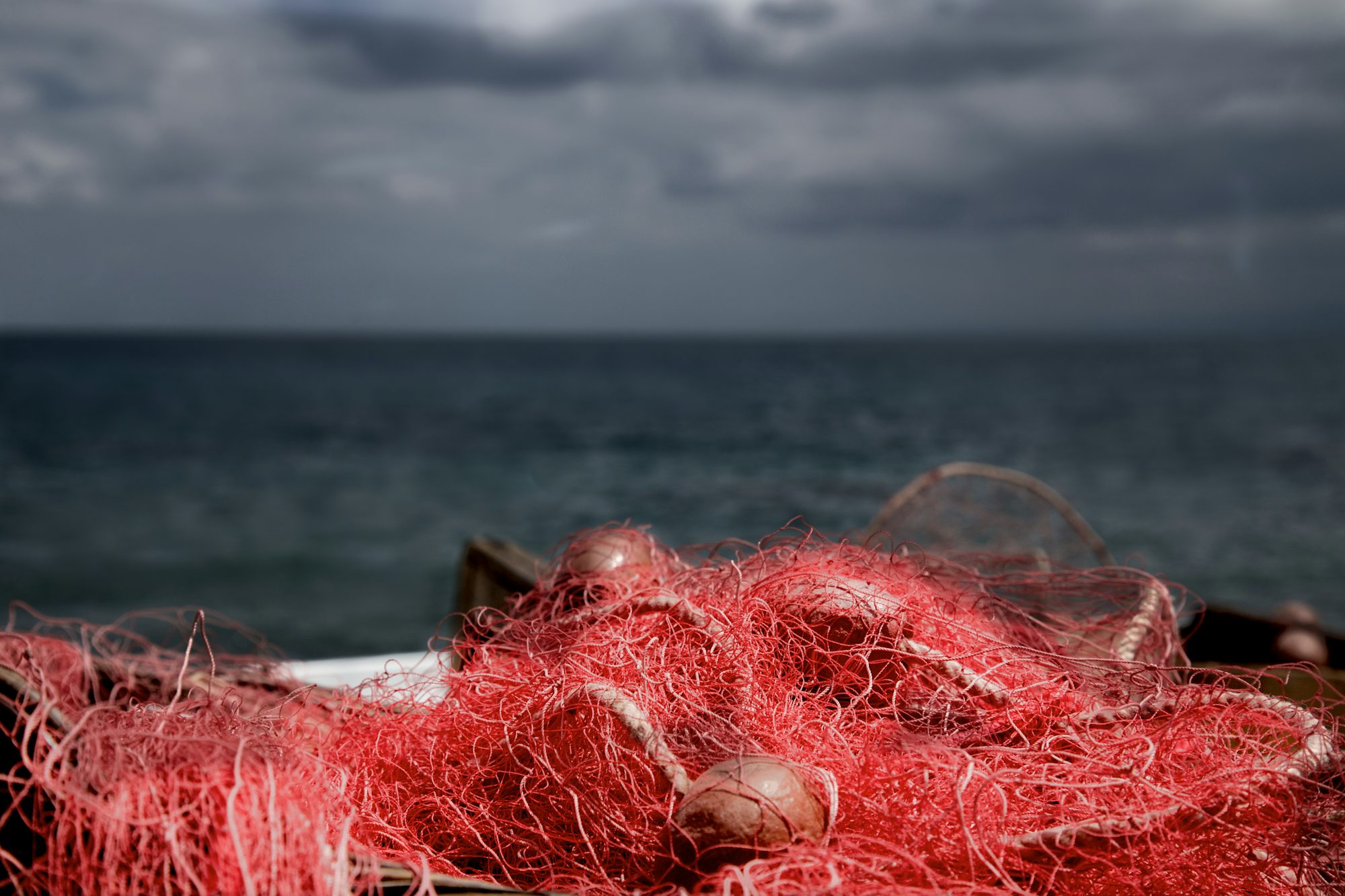Trawling is a fishing method that involves pulling a large net through the water to catch fish and other marine species. This technique is widely used in commercial fishing but can also be adapted for recreational purposes. With its effectiveness in covering large areas of water, trawling has become a staple in the fishing industry. In this article, we will delve into the different types of trawling, the equipment needed, and tips for successful fishing.
Understanding Trawling
Trawling involves dragging a net through the water, either along the seafloor (bottom trawling) or through the water column (midwater trawling). This method is designed to capture various fish species and can be highly effective when conducted correctly. Understanding the different trawling methods and their specific applications is essential for maximizing your catch.
Types of Trawling
1. Bottom Trawling: This method involves dragging a heavy net along the ocean floor to catch fish that dwell near the seabed. It is particularly effective for targeting species such as shrimp, flatfish, and other bottom-dwelling fish. However, bottom trawling can be controversial due to its potential impact on marine habitats, so sustainable practices are crucial.
2. Midwater Trawling: In midwater trawling, nets are pulled through the water column, targeting pelagic fish that swim in open waters. This method is commonly used to catch species like herring, mackerel, and sardines. Midwater trawling typically has less impact on the seafloor compared to bottom trawling, making it a more sustainable option in many cases.
3. Purse Seining: Although not technically a trawling method, purse seining often accompanies trawling techniques. This method involves encircling a school of fish with a net and then drawing the net closed, effectively trapping the fish. Purse seines can be used alongside trawling to maximize catches in certain conditions.
Essential Trawling Equipment
Successful trawling requires specialized equipment designed to efficiently capture fish while minimizing environmental impact. Here are the key components of a trawling setup:
1. Trawl Net: The trawl net is the centerpiece of this fishing method, designed to capture fish while allowing smaller organisms to escape. Different net designs are available, each suited for specific fishing conditions and target species. A common type is the otter trawl, which has wings that help keep the net open and maximize catch efficiency.
2. Trawling Vessel: A sturdy and seaworthy boat is essential for trawling, as the vessel needs to withstand the forces of the water and carry the weight of the net and catch. Many commercial trawlers are equipped with powerful engines and advanced navigation systems to optimize their fishing routes.
3. Winch System: A winch is used to haul in the trawl net after a fishing run. This mechanical device simplifies the retrieval process, allowing anglers to efficiently manage their catch. Electric or hydraulic winches are commonly used in commercial operations for their reliability and power.
4. Sonar and GPS: Modern trawling often incorporates technology such as sonar and GPS to locate schools of fish and navigate effectively. Sonar helps identify underwater structures and fish concentrations, while GPS allows for precise tracking of fishing grounds and routes.
Best Practices for Trawling
1. Sustainable Fishing: Sustainability is a critical aspect of trawling, especially in light of concerns about overfishing and environmental impact. Implementing practices such as using bycatch reduction devices (BRDs) can help minimize the capture of non-target species, protecting marine ecosystems.
2. Timing and Location: Knowing when and where to trawl is essential for success. Research local fish migration patterns and seasonal trends to determine optimal fishing times. Additionally, understanding the geography of your fishing area can lead to more productive outings.
3. Depth and Speed Control: Adjusting the depth of your trawl net and the speed at which you drag it can significantly impact your catch. Experimenting with these variables can help you find the perfect combination that attracts your target species while reducing unwanted catches.
4. Regular Maintenance: Keeping your equipment in top condition is crucial for effective trawling. Regularly inspect and maintain your trawl net, winch, and vessel to ensure optimal performance. Proper care can extend the life of your gear and enhance your fishing experience.
Trawling Techniques and Strategies
1. Steering Techniques: Proper steering of your vessel while trawling can influence your catch rate. Maintain a steady course, and avoid sharp turns that can disturb the net and scare away fish. A slow and consistent speed often yields better results.
2. Adjusting Tow Time: The amount of time you spend towing your trawl net can vary based on factors such as the species targeted and water conditions. Longer tows may yield larger catches but can also lead to bycatch. Monitor your catch regularly to find the ideal tow time for your specific situation.
3. Weather Considerations: Weather plays a significant role in trawling success. Avoid fishing during storms or high winds, which can create hazardous conditions and negatively affect your catch. Plan your trips around favorable weather forecasts to ensure a safe and productive outing.
4. Collaborating with Other Anglers: Networking with fellow anglers can provide valuable insights into successful trawling techniques and strategies. Sharing experiences and tips can enhance your fishing knowledge and improve your overall success.
Conclusion
Trawling is a fascinating and effective fishing method that offers the potential for substantial catches when done responsibly. By understanding the different types of trawling, employing the right equipment, and implementing best practices, anglers can enjoy rewarding fishing experiences while contributing to the sustainability of marine ecosystems. Whether you’re a seasoned trawler or just starting, the thrill of the chase and the promise of a bountiful catch await you on the open water. So prepare your gear, head out to your favorite fishing grounds, and embrace the adventure of trawling.
